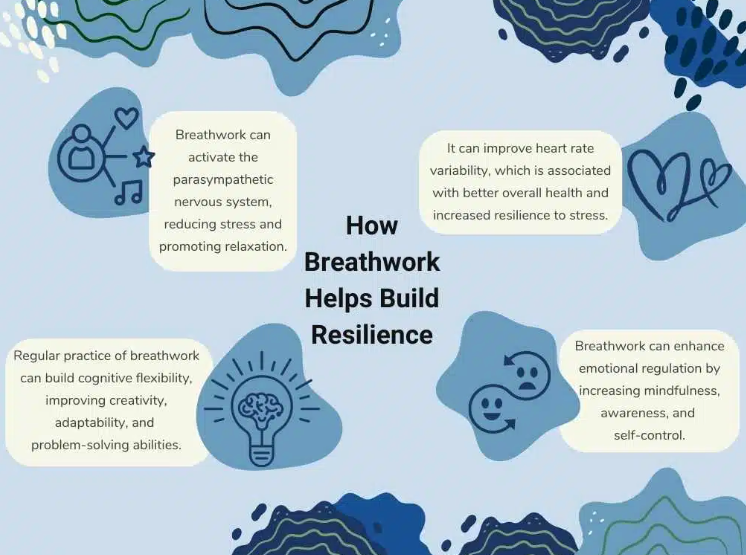Breathe Easy: How Breathwork Supports Emotional Wellbeing
In today's fast-paced world, anxiety and emotional overwhelm have become all too common. Whether you're juggling work, family, health issues, or simply trying to keep up with daily life, it's easy to feel like you're running on empty. But what if relief could be as simple and as close as your next breath?
Breathwork, the intentional regulation of the breath, is gaining recognition in psychological and therapeutic circles as a powerful tool for emotional regulation, particularly in managing anxiety, stress, and other intense emotions.
Why Breath Matters
From a psychological perspective, our breath is deeply connected to the autonomic nervous system (ANS), which regulates our body's unconscious processes like heart rate, digestion, and the stress response. The ANS has two main branches:
The Sympathetic Nervous System (SNS): Responsible for the "fight or flight" response.
The Parasympathetic Nervous System (PNS): Responsible for "rest and digest" functions.
When we're anxious or emotionally flooded, the SNS is often in overdrive. Our breathing becomes shallow and rapid, which can reinforce feelings of panic or unease. Breathwork techniques gently engage the PNS, helping to calm the body and mind.
How Breathwork Helps with Anxiety and Other Emotions
Here are a few ways breathwork can support emotional well-being:
Reduces Anxiety

Controlled breathing activates the PNS and helps lower heart rate and blood pressure. Techniques like box breathing or 4-7-8 breathing can break the cycle of anxious thoughts and bring you back to the present moment.
Increases Emotional Awareness
By slowing down and focusing on your breath, you create a pause between stimulus and response. This gives you space to notice what you're feeling without immediately reacting which is key for emotional intelligence.
Improves Mood
Breathwork boosts oxygen flow to the brain and helps release endorphins. Studies show that regular breathwork practices can reduce symptoms of depression and increase overall well-being.
Helps with Trauma and Emotional Release
Some deeper breathwork methods (like holotropic or integrative breathwork) are used in trauma-informed therapy to access and safely process suppressed emotions. Always approach these with a trained facilitator.
Enhances Mind-Body Connection
The breath is one of the few bodily processes we can control consciously. Using it intentionally strengthens the mind-body link and reminds us that we have agency - even in the face of difficult emotions.
Simple Breathwork Practices to Try
Here are a few gentle techniques that can be done anytime:

